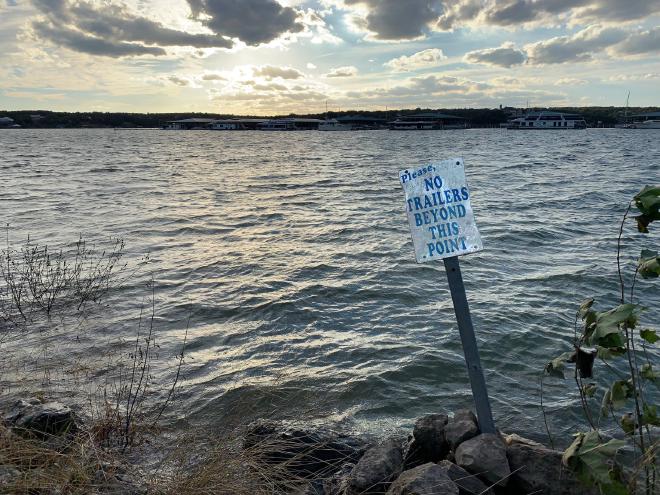Catastrophic flood insurance

I’ve often written about situations where free markets don’t work. This time, for a change, I’m writing about a situation where government caused disasters by interfering with a free market.
In 1965, Hurricane Betsy struck the Gulf Coast, causing massive damage. At the time, no companies offered flood insurance. So in 1968, Congress created the National Flood Insurance Program (NFIP), which is managed by FEMA.
Although flood data allowed some commercial insurers to start offering flood insurance over the following decades, there was a problem: NFIP insurance was really affordable. By subsidizing its catastrophic flood insurance, NFIP made commercial flood insurance look overpriced:
Private companies that provide flood insurance are few and far between, and their premiums may not be considered affordable when compared with the federal flood coverage, says Don Griffin, vice president of personal lines for the Property Casualty Insurers Association of America.
[…]
Griffin says his group conducted a study in 2011 that found that for private insurers to offer flood insurance, they would have to charge two to three times what the government charges.
So by the early 2000s NFIP had captured around half of the insurance market for home flood insurance:
The results of the analysis suggest that, overall, about one-half of SFHs in SFHAs
nationwide have flood insurance policies. An estimated 49 percent have NFIP policies, and once a rough estimate of the number of policies underwritten by private insurers is added in, the market share rises to between 50 and 52 percent.
Another reason NFIP got major market share is that unlike commercial insurers, they kept insuring people who kept claiming. Now, the single biggest drain on NFIP funds is “repetitive losses”. People get flooded out, they claim from NFIP, they rebuild in the exact same spot, get more cheap subsidized NFIP insurance, and a few years later they get flooded out again. This was identified as a problem years ago, but is now becoming acute.
See, as you’ve probably noticed, extreme precipitation is becoming more common, and flood magnitudes are increasing. The seas are rising, too — high water levels in Florida are already up close to a meter since the early 90s, and the rate of increase is getting faster.
If you’re wondering how NFIP is doing as a result of the $30 billion or so in insurance payouts they’ve had to make over the last decade, well, it currently owes around $24 billion, and is facing another terrible year. The head of NFIP is optimistic that they can pay off the debt in 20-30 years, assuming no more massive floods. Well, sure, and if you give me a unicorn that poops gold I can pay off my mortgage next month.
In 2012, Congress passed the appropriately-named Biggert-Waters Flood Insurance Reform Act. It reauthorized NFIP until 2017, but required that it start identifying Severe Repetitive Losses (SRLs) and offering mitigation grants. Basically, people whose claims fall into the SRL category see their policies forcibly transferred to a Special Direct Facility (SDF) department, which gives them the option of implementing major flood mitigation changes, or accepting a hefty rate increase, often 25% per year for 5 years.
Other Biggert-Waters changes include no longer allowing renewal of lapsed policies at their old rates, increasing the price of new policies, and not subsidizing insurance on property which changes hands. Sure, maybe Jones next door has FEMA insurance for his beachfront home, but that doesn’t mean you can get the same insurance — and it doesn’t mean anyone he sells the place to will be able to insure it either.
Of course, that won’t stop people — after Hurricane Sandy, it emerged that only 15-25% of people in northeastern SFHAs had flood insurance anyway. People in Florida at least think about flooding, even if they vote for politicians who say climate change is a myth.
But even after the Biggert-Waters reforms, the GAO has identified NFIP as not actuarily sound, meaning they don’t expect the implemented reforms will make it able to break even any time in the future. Put simply: After years of subsidizing people’s desire to live in flood areas, the government has realized it isn’t a sustainable business.
So as government tries to get out of the flood insurance business without angering too many voters, some private insurers are stepping in:
A Florida agency selling private flood insurance said it is now selling the coverage in 15 states and making it available to commercial risks and apartment buildings.
[…]
The Private Market Flood program is currently written by Lloyd’s of London as part of the surplus lines market.
Since Lloyd’s is emphatic that climate change is real and storms are getting worse, don’t expect their insurance rates to be much better than FEMA’s in the long run.
Living in south Florida is unsustainable in the long run. Plan accordingly.